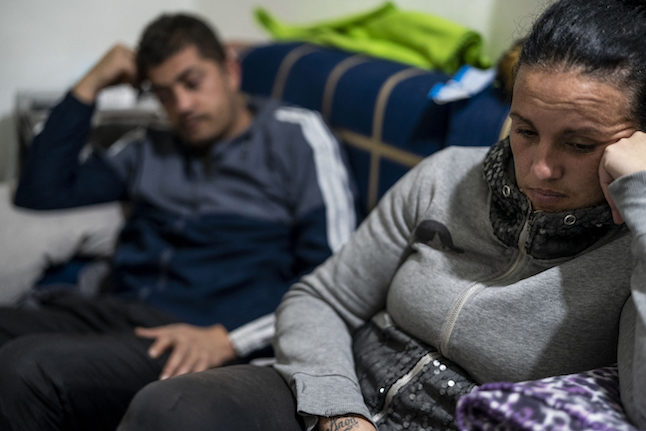A total of 24,876 marriages ended in divorce in Sweden in 2015, according to the latest available figures from the country's national number-crunching agency Statistics Sweden.
But some municipalities buck the trend, with couples staying married the longest in Övertorneå, a northern municipality of some 4,500 residents on the border to Finland.
Övertorneå couples stay together for 42 years before they divorce or one of them passes away, followed by fellow northerners in Pajala (40.1 years) and Vimmerby in southern region Småland (40 years).
Compare this to for example Stockholm suburbs Botkyrka and Sundbyberg at the bottom of the list, where the average marriage lasted 15.7 and 15.6 years in 2015, respectively.
“The population is younger in big cities. Many people get married, but more marriages end in divorce,” Statistics Sweden analyst Tomas Johansson told news agency Siren.
The average marriage in Sweden lasts for 25 years, before divorce or death.
The lesson is not as simple as “move to Övertorneå and your marriage will last”. Much of northern and rural Sweden has an ageing population, which contributes to the statistics.
“Relatively few are at the start of their marriages, which means that the number of marriages that end as a result of a death is higher,” explained Johansson.
“For example almost five times more people in Övertorneå became a widow or widower than got divorced in 2015.”
Top-20 list of the municipalities where marriages lasted the longest before ending through divorce or death
Övertorneå: 42 years
Pajala: 40.1 years
Vimmerby: 40 years
Arvidsjaur: 39.5 years
Rättvik: 38.9 years
Grästorp: 38.5 years
Tingsryd: 38 years
Malå: 37.9 years
Munkfors: 37.9 years
Berg: 37 years
Överkalix: 36.5 years
Nordmaling: 36.3 years
Vännäs: 36.3 years
Lekeberg: 35.5 years
Vilhelmina: 35.4 years
Robertsfors: 35.3 years
Vansbro: 35.2 years
Bräcke: 35.1 years
Sorsele: 35.1 years
Örnsköldsvik: 35.1 years



 Please whitelist us to continue reading.
Please whitelist us to continue reading.